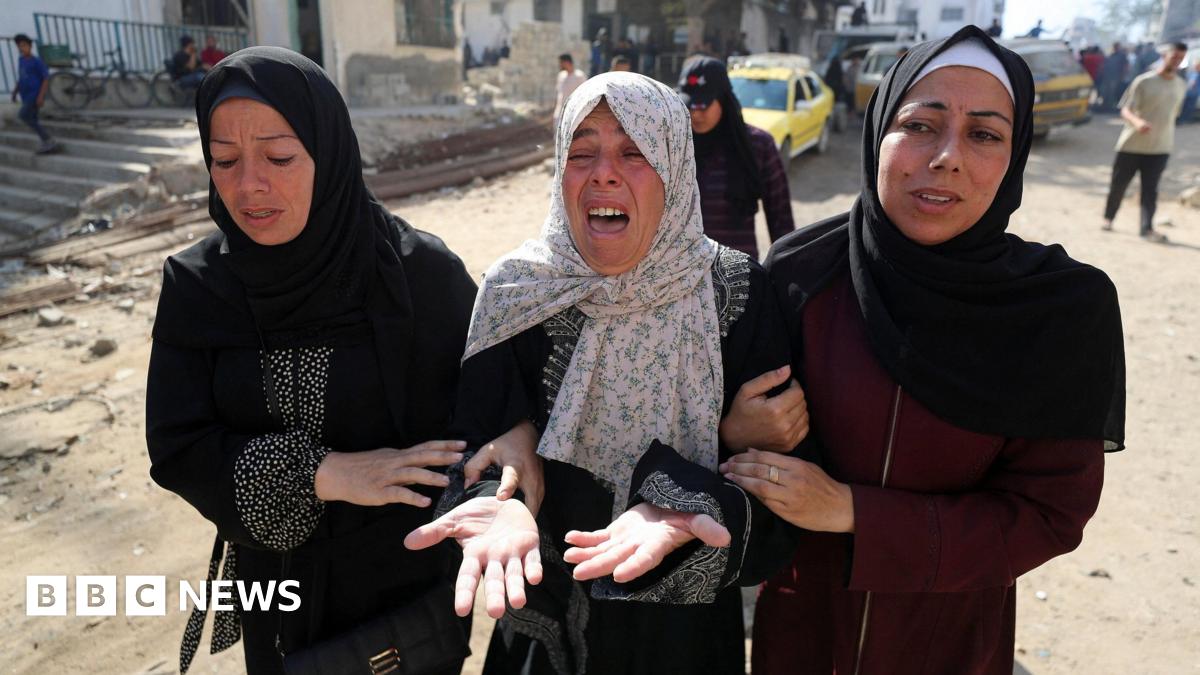Iran's Opposition in Exile: A Fractured Front Amidst Conflict and Visions for the Future

As the conflict between Israel and Hamas continues to unfold, the spotlight has intensified on Iran and its complex relationship with the region. Less discussed, however, is the Iranian diaspora – a vast and deeply divided group of exiles who harbor diverse visions for the future of their homeland. Despite sharing a common desire for change, these opposition groups often find themselves at odds, hampered by internal disagreements and ideological differences. This article explores the landscape of Iran's exiled opposition, examining their key players, their varying agendas, and the challenges they face in uniting against the current regime.
A History of Dispersal: The Iranian diaspora is a product of decades of political upheaval, beginning with the 1979 Islamic Revolution. Following the revolution, many opposed to the new theocratic government fled the country, seeking refuge in Europe, North America, and elsewhere. Over time, this diaspora has grown, encompassing a wide range of political ideologies and social backgrounds. From monarchists who yearn for a return to the pre-revolutionary era to secular democrats advocating for a modern, pluralistic state, and even groups with Islamist leanings, the spectrum of opinion within the Iranian diaspora is remarkably broad.
Key Players and Ideologies: Identifying a unified “Iranian opposition” is a misnomer. Several distinct groups and figures command varying degrees of influence. Here's a glimpse at some of the most prominent:
- The People's Mojahedin Organization of Iran (MEK): Historically, the MEK has been one of the most well-funded and organized opposition groups, receiving support from Western governments. They advocate for a secular republic and have a long history of armed struggle. However, their past association with controversial tactics has drawn criticism.
- The National Council of Resistance of Iran (NCRI): Often linked to the MEK, the NCRI presents itself as a coalition of various Iranian opposition groups.
- Monarchists: A significant segment of the diaspora supports a constitutional monarchy, often looking back to the reign of the Shah. They believe a monarch, bound by a constitution, could provide stability and legitimacy.
- Secular Democrats: This broad category encompasses individuals and groups advocating for democratic reforms, human rights, and a separation of religion and state. They often prioritize grassroots activism and civil society engagement.
- Tudeh Party of Iran: A communist party with a long history in Iran, the Tudeh Party maintains a smaller but persistent presence within the diaspora.
Diverging Views on the Current Conflict: The recent conflict between Israel and Hamas has further exposed the divisions within the Iranian diaspora. While many have condemned Israel's actions, some have cautiously welcomed the opportunity to highlight the regime's vulnerabilities and to promote their own vision for Iran's future. Some see the conflict as a distraction from domestic issues, while others believe it presents a chance to galvanize support for change within Iran.
Challenges to Unity: The fractured nature of the Iranian opposition poses a significant obstacle to any meaningful impact on Iran's political landscape. Internal rivalries, ideological clashes, and a lack of trust among different groups have historically hindered efforts to forge a united front. Furthermore, the Iranian government actively works to sow discord and discredit opposition groups, often through disinformation campaigns and covert operations.
Looking Ahead: Despite the challenges, the Iranian diaspora remains a vital force for change. The recent wave of protests within Iran, sparked by the death of Mahsa Amini, demonstrated the resilience of the Iranian people's desire for freedom and democracy. Whether the diaspora can overcome its internal divisions and effectively support these movements remains to be seen. However, the ongoing conflict and the continued repression within Iran underscore the urgency of finding common ground and working towards a shared vision for a better future.






